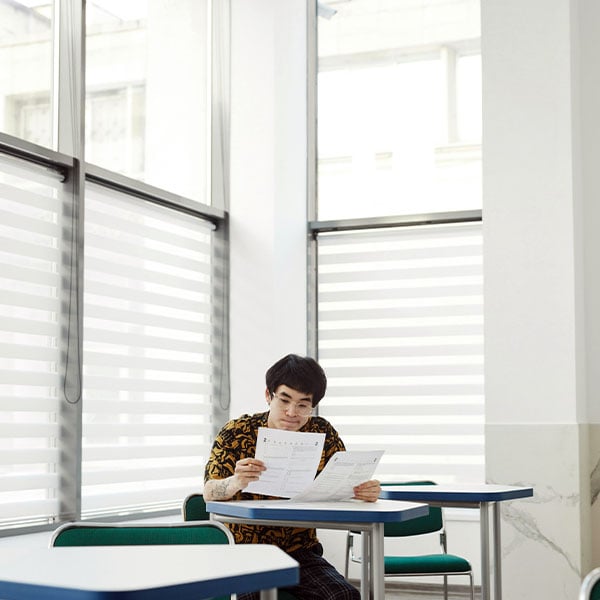If we are all completely honest, there has been at least one occasion in everyone’s life where they have cheated or taken a dishonest short-cut. Despite cheating sadly being a fairly common occurrence, most of us like to think of ourselves as honest and trustworthy. In other words, we maintain a positive self-concept, which is the belief about ourselves and our attributes.
What causes this gap between people’s beliefs about themselves and their actions? One reflects very favourably, and the other may tell a fairly different story. Recent research has revealed fascinating insight as to why students, and others, cheat. It might not be what you’d expect…
The Research
This research involved several studies with around 700 participants. The researchers gave participants quizzes which covered several topics, such as geography, history, science and sport. Within these quizzes, they included questions that were so difficult that whoever answered them correctly was very likely to have cheated.
The researchers split the students into three groups. The first were enabled to cheat, by including the correct answers upside down at the bottom of the quiz page. The second participants did not have the opportunity to cheat, but received the correct answers before the test. The third group was a control group who did not get the chance to cheat and did not learn the correct answers beforehand. All the students also had to estimate their current knowledge levels prior to the test.
What did they find?
The researchers found that when participants cheated they were more likely to report having known the answers all along. This is called the ‘Knew It All Along’ Effect.
Importantly, the cheating participants were even more likely to claim having known the answers all along than the participants who saw the correct answers but were not able to cheat. The ‘cheaters’ had an even more highly inflated view of their previous knowledge.
What does this tell us?
This sounds quite complex, and you might be wondering, what does all this mean?
We can break it down. Remember the self-concept we mentioned earlier? Well, it can’t be damaged by cheating if you already know the information. This is what motivated the ‘cheaters’ to convince themselves that they already knew the answers to the questions they had cheated on and hadn’t really cheated at all.
This research is interesting as it builds on our understanding of why some students cheats. Previous research has shown that there is a link between wanting to protect one’s own reputation of appearing smart by giving the consistent appearance of being smart. This in turn is linked to research around fixed and growth mindset.
Final Thoughts
So, why do students cheat? It appears to be a combination of getting the reward from it whilst also convincing themselves that they didn’t need to do cheat in the first place.
Despite this ability to justify our own moral failures, there’s no denying that cheating can be damaging to students in the long run. The first step to being able to stop students from cheating is understanding why they do it. This research tells us that students enable themselves to cheat by removing themselves from any blame or shame associated with it. They do this through the ‘Knew It All Along’ Effect, convincing themselves that they knew the answers anyway.
Knowing about this effect can help teachers better equip themselves to notice it in action. They can then tackle cheating by priming students to its harms. They can ensure students are aware of potential negative consequences, such as being disqualified from exams, in the worst case. Working to develop and improve students’ metacognitive abilities may also help, as this will limit the extent to which they are able to justify and ‘block out’ their cheating behaviour.







